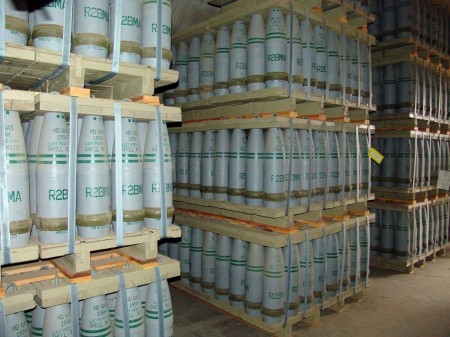
This article was originally published by the Stockholm International Peace Research Institute (SIPRI) on 29 July 2019.
The states parties to the Biological and Toxin Weapons Convention (BWC) gathered in Geneva from 29 July to 8 August for a series of Meetings of Experts. Among other topics, states reviewed scientific and technological developments that impact the objectives of the treaty. Additive manufacturing (AM)—also referred to as 3D printing—is one of the technologies that is starting to receive attention, next to more well-known biotechnologies and genetic engineering techniques. Advances in AM have been met with concerns over its potential to facilitate the development, production, delivery and thus proliferation of biological weapons—and have highlighted the potential role of export controls in reducing these risks.


